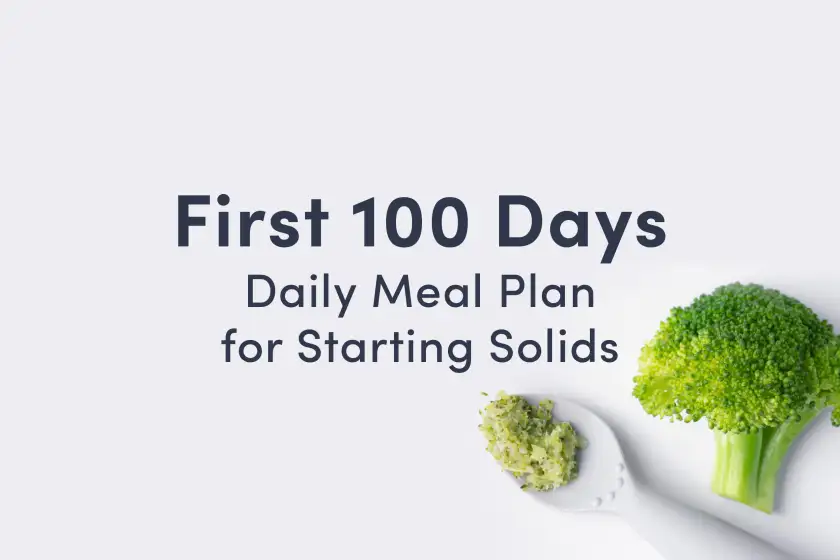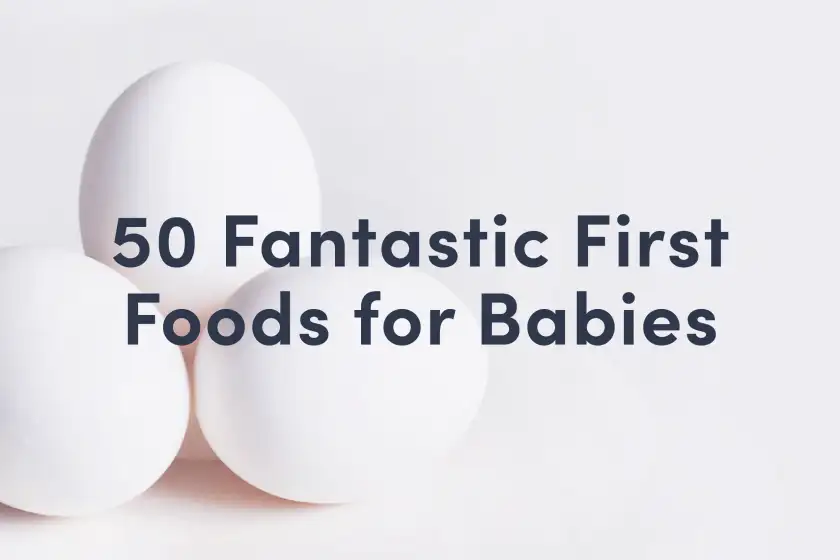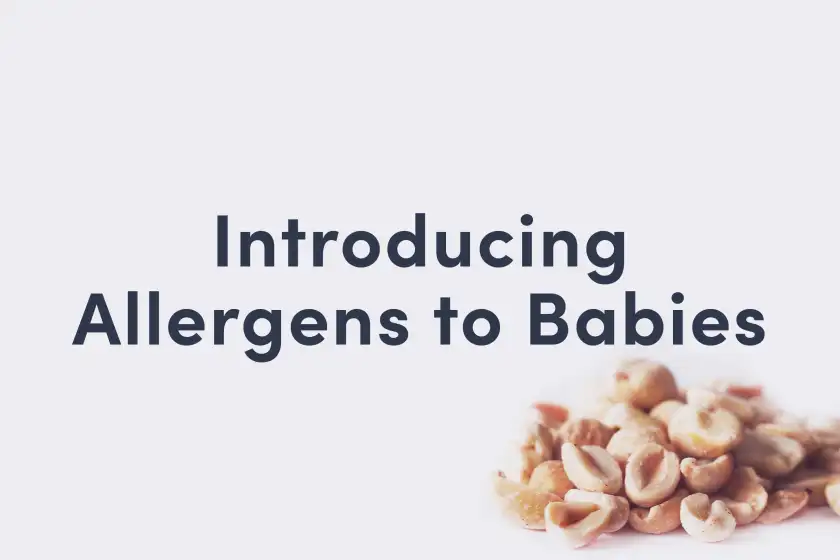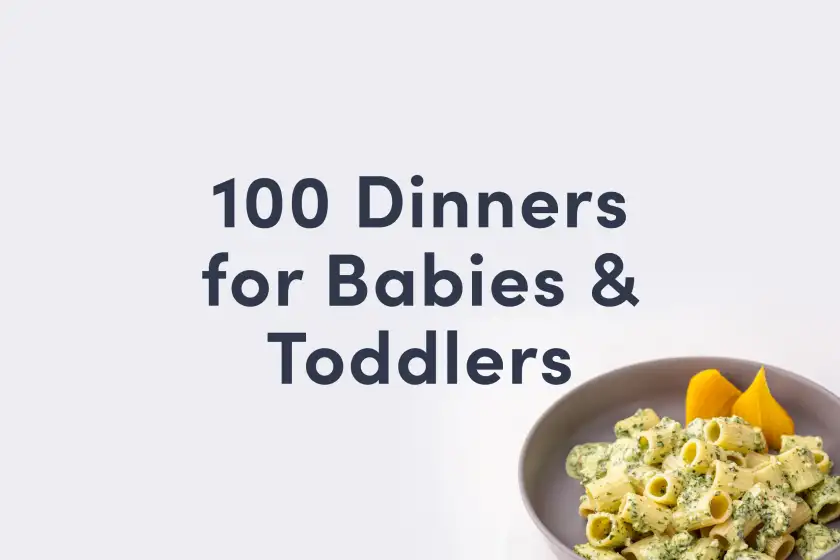Havarti Cheese
Dairy
Age Suggestion
12 months
Iron-Rich
No
Common Allergen
Yes
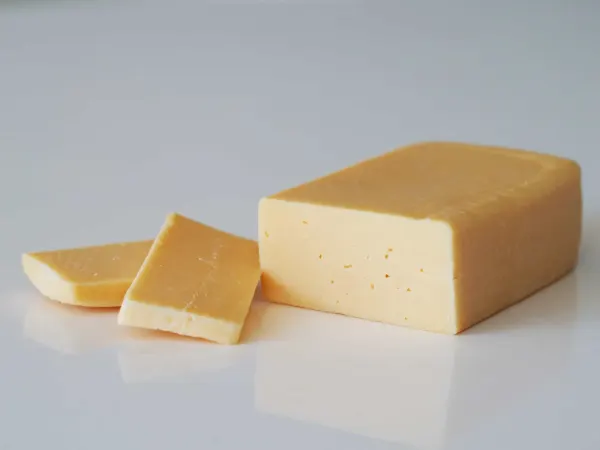
When can babies have Havarti cheese?
It’s best to wait until after baby’s first birthday to serve Havarti cheese regularly. A nibble here and there is fine but, like most cheeses, Havarti is not great for babies because it has a fair amount of sodium. The best cheeses for babies younger than 12 months old are those that are naturally low in sodium, including emmentaler, soft goat cheese, labneh, fresh mozzarella cheese, mascarpone cheese, ricotta cheese, quark, and swiss cheese.
Thanks to its higher ratio of butterfat to protein, cream Havarti (or flødehavarti, as it is called in Denmark, where the cheese originated) is softer and smoother than aged styles, which tend to become nuttier and saltier as time goes on. Just like cheddar, the longer Havarti cheese ripens, the sharper the flavor notes. Cream Havarti, on the other hand, has a mild sweetness with a hint of tang—a pleasant balance that serves as an excellent blank canvas for seasonings.
Is Havarti cheese healthy for babies?
Yes, at the right age and served in moderation. Havarti cheese contains lots of calcium to build strong bones and vitamin A to power the immune system and aid eyesight and skin health. It also offers both vitamin B2 to fuel metabolism and B12 to support healthy blood and a robust nervous system. There’s even some selenium and zinc—important nutrients to help children thrive. To top it off, Havarti is full of protein, and omega-3 fatty acids. The downside: Havarti cheese contains quite a bit of sodium, which is not healthy for babies (or adults) when consumed in excess. Learn all about sodium and babies >>
Like all cheese, the quality of the Havarti depends on the quality of the cow’s milk and how the animal was raised. Milk from pasture-raised cows has been shown to be higher in healthy fats and other nutrients than from cows raised on grain. Additionally, non-organic dairy products may contain pesticide residues (including DDT, an endocrine-disrupting chemical) that have been shown to adversely affect a child’s physical, mental, and behavioral health.
When shopping for cheese for babies, look for the following:
Pasteurized
Low sodium (less than 100mg per serving for babies younger than 12 months old)
Made from whole milk, organic if possible
Organic milk may not be an option for everyone, and if this is the case for you, do the best you can with the resources available to you and your family.
Is Havarti cheese a common allergen?
Yes. Havarti cheese is made from cow’s milk, which is a common food allergen in young children, accounting for about one-fifth of all childhood food allergies. If baby is allergic to dairy, be reassured that it is an allergy that often disappears with time. Research shows that the majority of children with cow's milk allergy will outgrow it by age 6 and many babies with milder symptoms of milk protein allergy (which can show up as painless blood in stool) are able to successfully reintroduce cow's milk as early as their first birthday, with the guidance of their doctors.
For those with children who are lactose intolerant, more good news: Havarti cheese may be better tolerated by those with lactose intolerance, as it has low lactose content.
Aged cheeses generally contain histamines, which may cause rashes in children who are sensitive to them. However, Havarti is typically ripened for a shorter time than other aged cheeses, so it may be better tolerated than other aged cheese.
If you have a strong family history of milk allergy or suspect baby may be allergic to dairy products, consult an allergist before introducing cheese of any kind. As with all allergens, start by serving a small quantity on its own for the first few servings, and if there is no adverse reaction, gradually increase the quantity over future servings.
Is Havarti cheese a choking hazard for babies?
Yes. Cheese is a common choking hazard for babies and children. To reduce the risk, slice thinly and avoid serving cheese in cubes and check out our age-appropriate serving suggestions. As always, make sure you create a safe eating environment, stay within an arm’s reach of baby during meals.
For more information, visit our section on gagging and choking and familiarize yourself with common choking hazards.
How do you serve Havarti cheese to babies?
Every baby develops on their own timeline, and the suggestions on how to cut or prepare particular foods are generalizations for a broad audience.
6 to 12 months old:
Hold off on serving Havarti cheese and opt for cheeses that are naturally low in sodium like goat cheese, mascarpone, mozzarella, ricotta, or Swiss cheese. If you happen to have a Havarti omelet already prepared for yourself and you’d like to share, by all means, share with baby. (Thin slices or grated is best.) We always want to encourage sharing family meals with babies. Just try to serve cheese that is lower in sodium if you want to serve cheese regularly at this stage.
12 to 24 months old:
Thinly slice into rectangular strips, cut into bite-size pieces, or offer small, pea sized crumbles for continued refinement of fine motor skills. Of course, you can grate Havarti and melt the cheese over vegetables and other food. Make sure the child is in a safe eating environment (upright highchair, etc.) and never serve cheese on-the-go in a stroller, in a car seat, or when the toddler is running around.
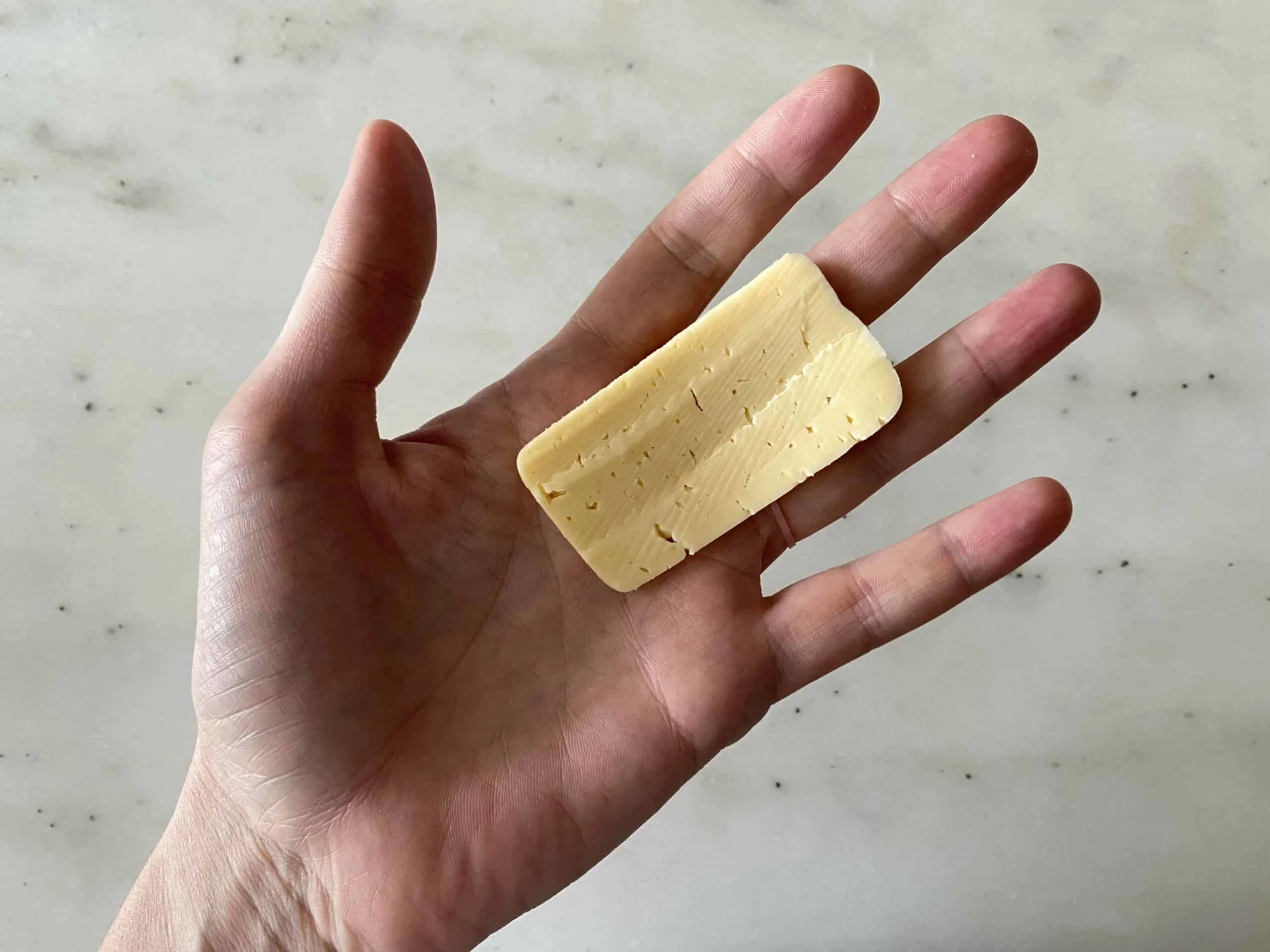
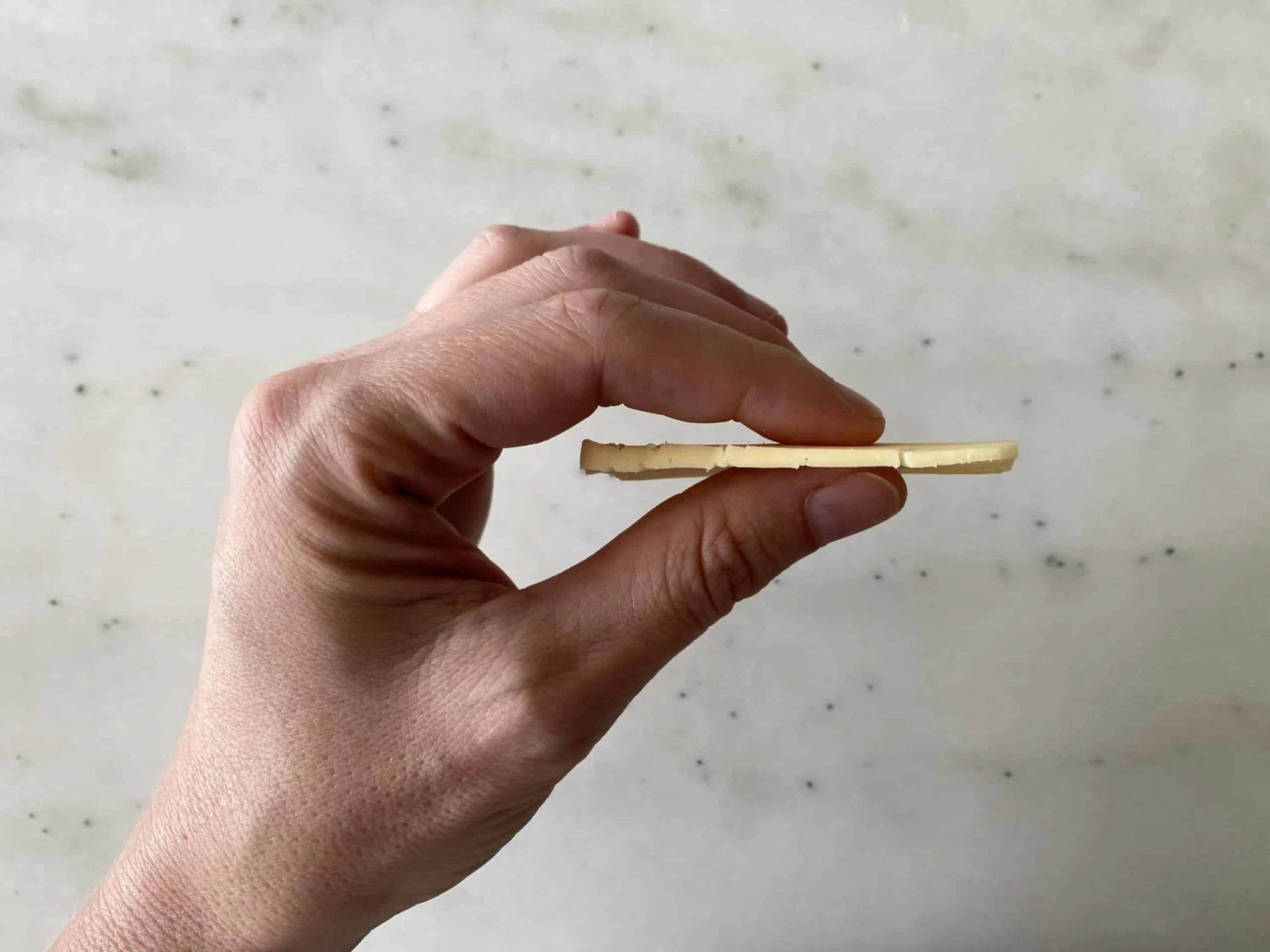
Written by
Expert Tips Delivered to Your Inbox
Sign up for weekly tips, recipes and more!
The content offered on SolidStarts.com is for informational purposes only. Solidstarts is not engaged in rendering professional advice, whether medical or otherwise, to individual users or their children or families. No content on this site, regardless of date, should ever be used as a substitute for direct medical advice from your doctor or your medical or health professional, nutritionist, or expert in pediatric feeding and eating. By accessing the content on SolidStarts.com, you acknowledge and agree that you are accepting the responsibility for your child’s health and well-being. In return for providing you with an array of content “baby-led weaning” information, you waive any claims that you or your child may have as a result of utilizing the content on SolidStarts.com.




